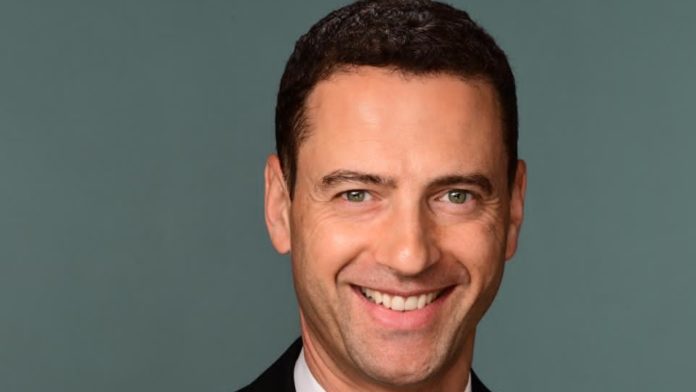
GLENCORE has identified 10 assets it is looking to sell and has put a further 15 under review in terms of a portfolio simplification strategy which has seen it divest of seven assets this year including the Ernest Henry and Mopani copper operations.
“We have certain assets in our business that are sub-scale,” said Gary Nagle, CEO of Glencore responding to questions following the group’s capital markets presentation today. “As we’ve grown and developed longer life, tier-one assets, some assets are not fit for purpose.”
Glencore’s aim was to ensure “… management time is focused on the right assets in the right jurisdictions in the right commodities,” said Nagle. “Those are the ones we’re looking to move out of the portfolio.”
In addition to Mopani Copper Mines, and Ernest Henry copper mine – the latter sold for A$1bn – Glencore has also divested of its Chad oilfields, the Karadeniz LPG terminal, zinc assets in Bolivia and the Enyo oil downstream business.
Nagle declined to name potential assets, but said the ESG risk associated with a mine would be another consideration. “Each asset will be considered on its own merits,” he said.
Glencore also announced a new approach to balance sheet management in which it would attempt to keep net debt at a steady-state $10bn whilst retaining the option of increasing it to its previously announced $16bn cap in the event of merger and acquisition opportunities. In the normal course of a year, should net debt fall below $10bn, the company would consider a special dividend or a share buy-back at both the interim or full year point.
Coal pressure
Glencore recently fell under criticism by a shareholder for deciding to retain coal. According to a report by Bloomberg News, activist investor Bluebell Capital Markets said in a letter to the miner that its strategy of retaining and running down thermal coal production made Glencore “… not an investible company for investors who place sustainability at the heart of their investment process”.
“We believe our business model is robust and the right one,” said Nagle in response. “The run-down [of coal] strategy is the responsible strategy for our business and the world,” said Nagle. “We put it to our shareholders at the AGM and got a 94% approval.”
Glencore said it would produce 15% less coal by 2026 and have halved production by 2035. “That’s written in stone,” said Nagle.
Commenting in a media conference, Nagle disclosed that the firm’s shareholders did not want Glencore to repeat a mistake committed by rival firm Anglo American which in July spun out its South African export coal mines as Thungela Resources on the JSE.
“Investors looking at Thungela Resources say they think that is the wrong approach,” said Nagle. “The overwhelming feedback is that wasn’t the correct one.”
The sale by South32 of its coal assets to private company Seriti Resources was also incorrect, said Nagle. “It’s a private company so we don’t know what their plans are,” said Nagle of Seriti. “But speaking to management, they want to grow. Mike Teke [CEO of Seriti Resources] is a great guy and a good operator but he wants to make money.”
Glencore forecast earnings before interest, tax, depreciation and amortisation (EBITDA) of $21.7bn for the 2022 financial year of which $6.3bn was earned from its coal assets. The majority of earnings were from copper at a contribution of $7.9bn.











